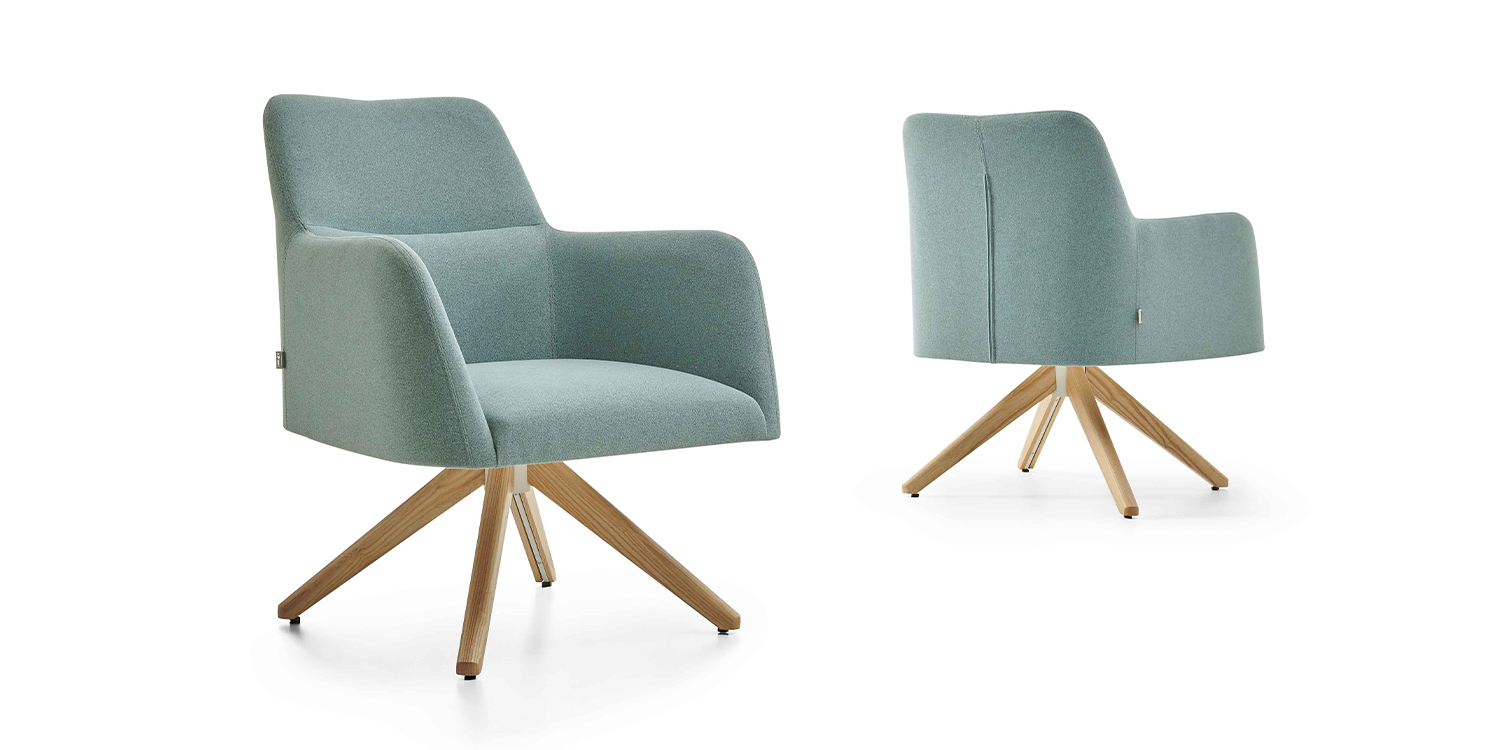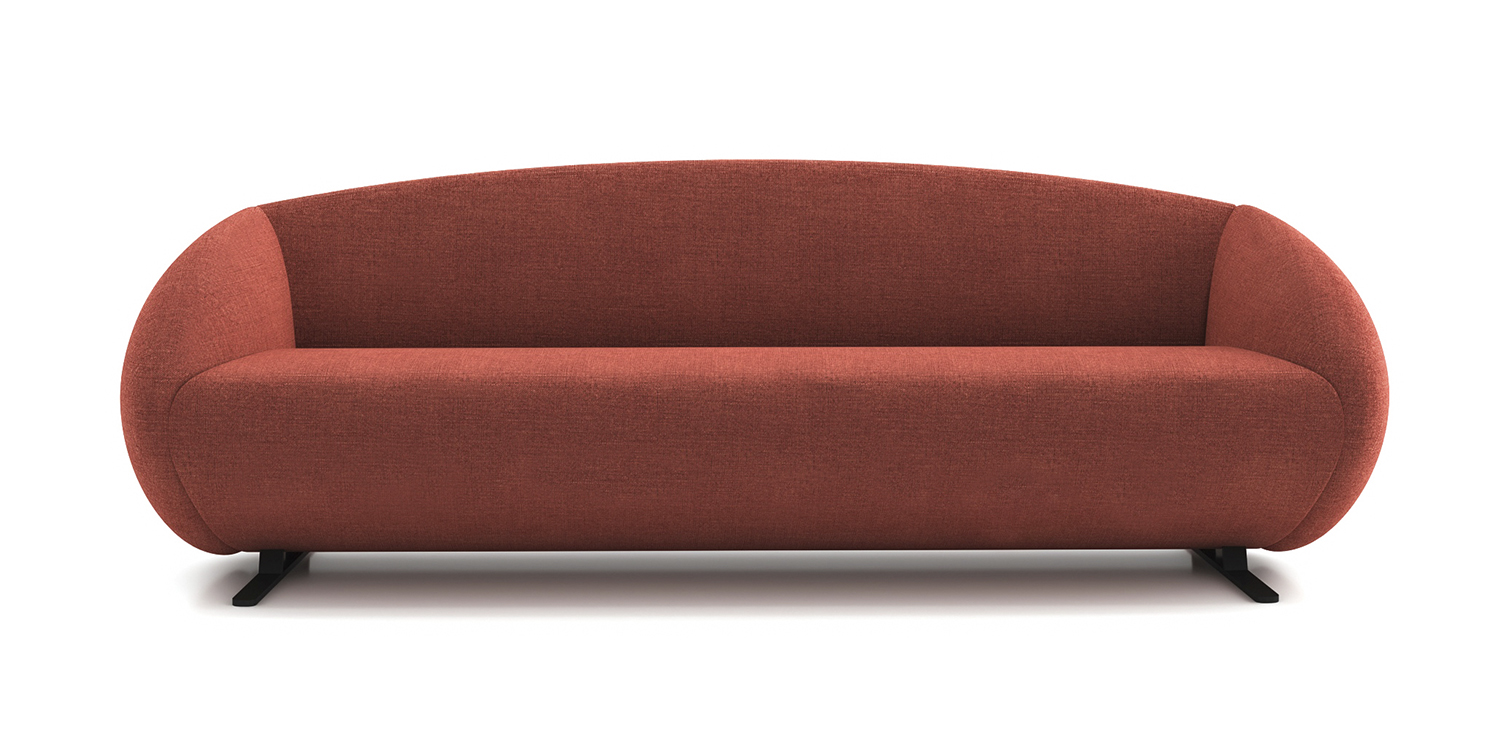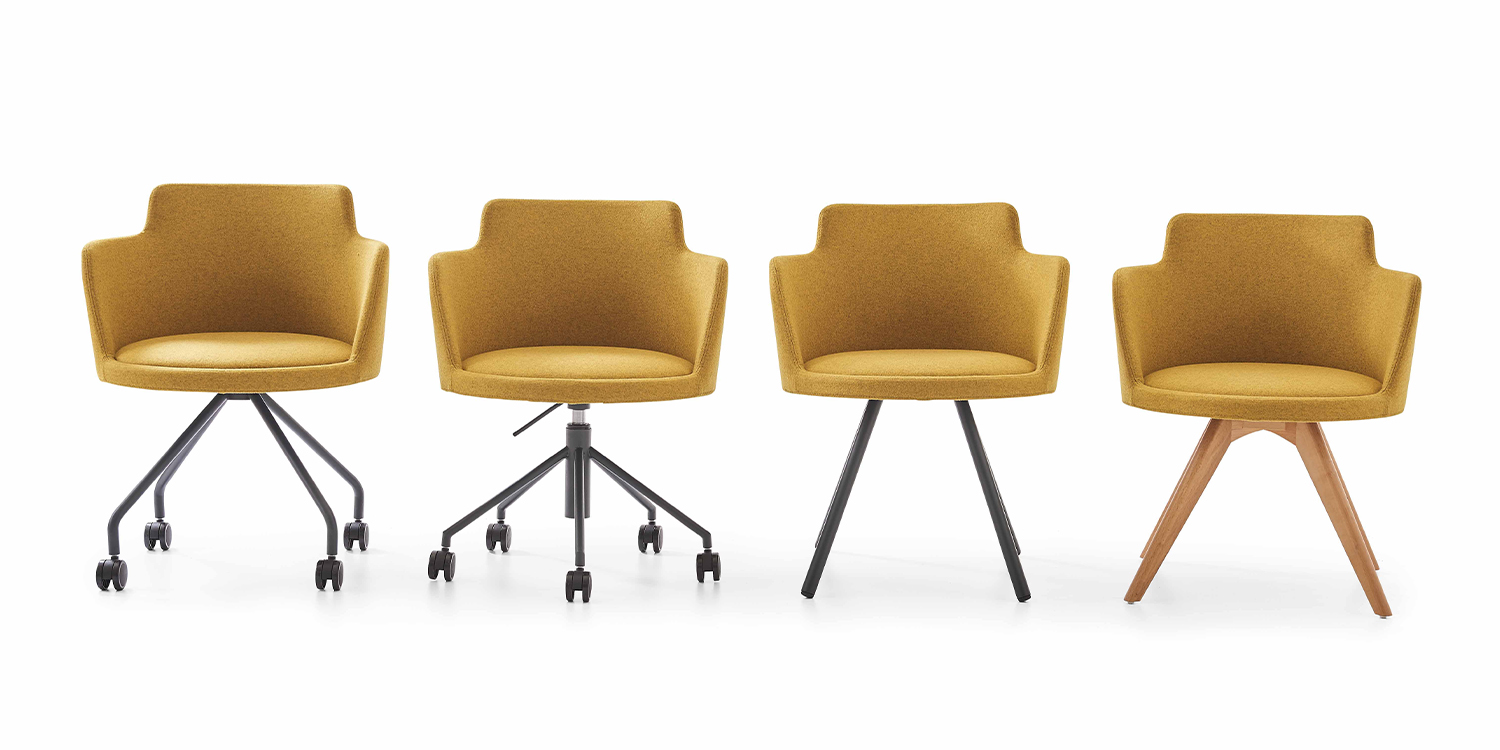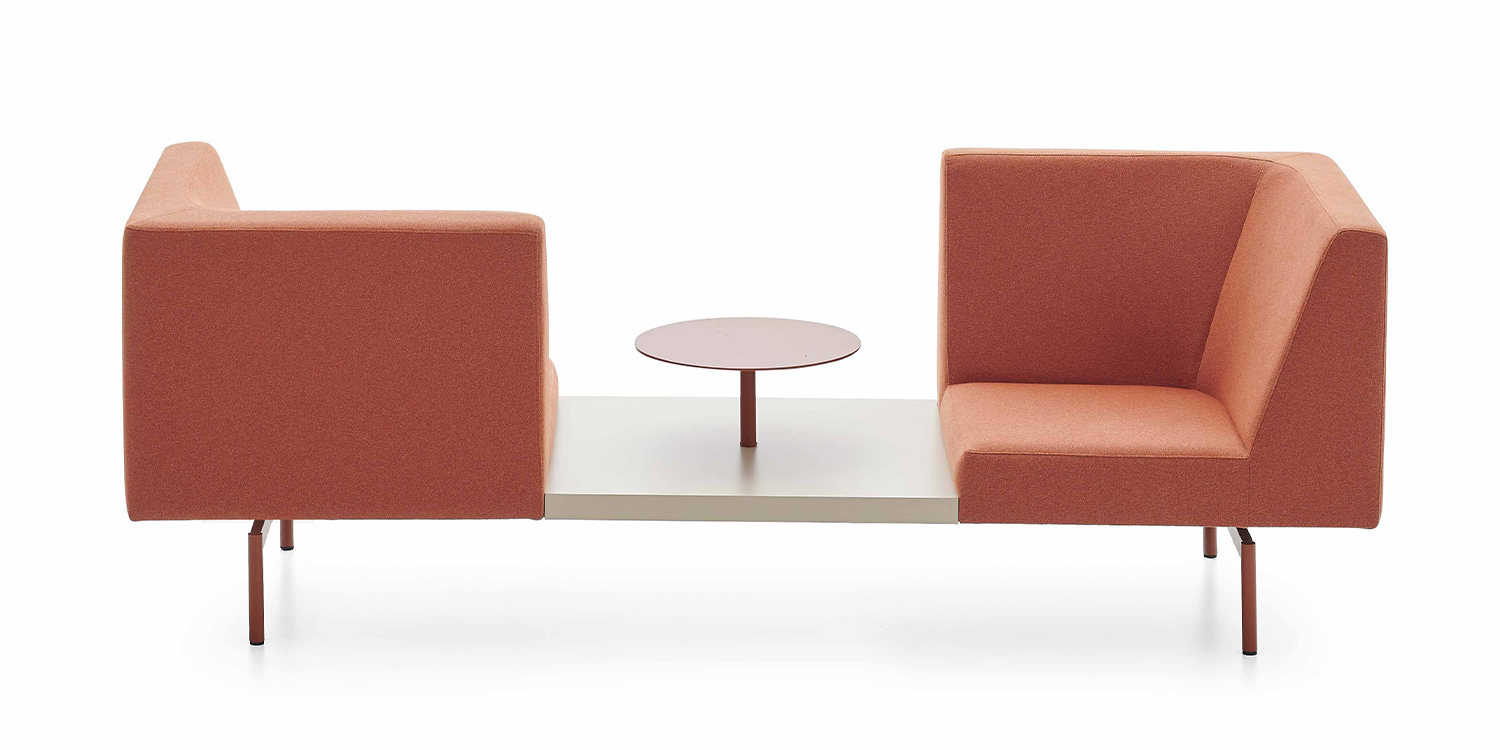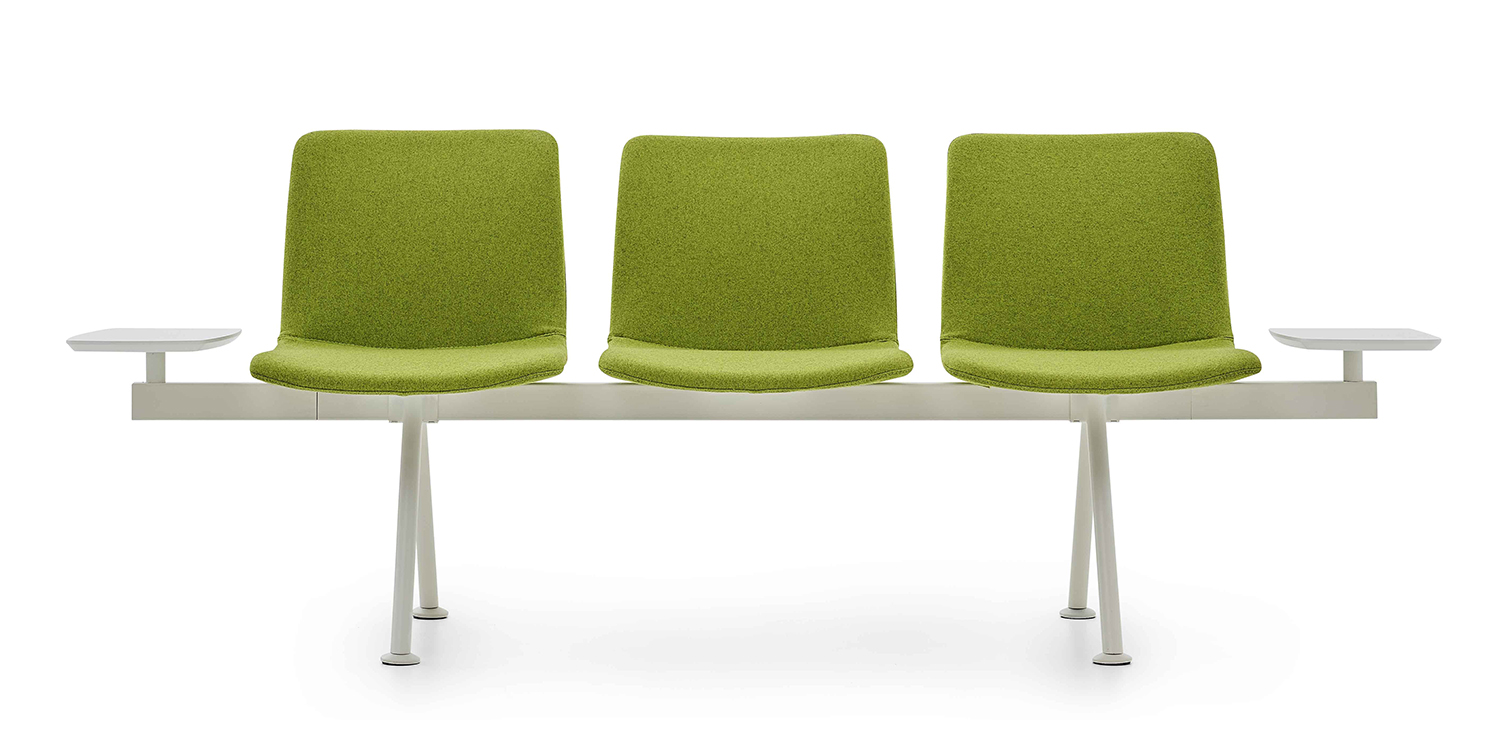Colors that stimulate the mind
Colors that stimulate the mind
Color is a powerful psychological tool. It can influence how we feel, how we perceive events, and even tell a lot about one's personality based on their favorite colors. Color is also a powerful means of communication. It can signify action, influence mood, and even physiological reactions.
In 1666, English scientist Sir Isaac Newton discovered that pure white light separates into all visible colors when passed through a prism. Newton also found that each color consists of a single wavelength and cannot be separated into other colors. Further experiments showed that light could be combined to create other colors. For instance, as we all know, mixing red with yellow creates orange, while some colors like green and magenta cancel each other out, resulting in white.
One of the primary principles of color psychology is that every color has a meaning. These meanings can be learned, and sometimes they are biologically inherent. Colors automatically affect a person. The perception of colors causes the person to evaluate, leading to behavior associated with the color. Color psychology is so powerful that it can physically affect us. Research has shown that certain color hues can increase blood pressure and speed up metabolism.
The strong effects of color psychology are used in various fields, including marketing and interior design. We had previously shared how the power of colors can be utilized in offices in our article titled ‘Importance of color selection in offices’. If you haven’t read it yet, make sure to do so!
Colors affecting focus and productivity
Color affects our daily lives more than we think. Therefore, strategically using colors in the office can enhance productivity, health, and happiness. Research shows that utilizing color psychology can increase employee productivity and job satisfaction and positively affect visitors' and customers' perceptions of the business. You can use certain color hues in workspaces and meeting rooms to keep your employees focused and productive even during long working hours. Let’s take a look at some of these colors together.
Intellectual light blue: While promoting order, trust, and loyalty, it also relaxes the mind and supports clearer thinking, reducing mental tension. Therefore, it can be preferred in areas where employees need to focus on repetitive tasks. Balancing it with a neutral color like white or contrasting colors like orange can also balance emotions.
Energetic red: According to scientific studies, it accelerates heartbeats and increases blood flow. If you have a physically demanding job and need your employees' minds to be constantly alert, then red should be an essential color in the office. Of course, as with everything, moderation is key in color usage. While red can have a positive effect on increasing productivity, excessive use can cause aggression and intensify competition among employees. Therefore, it can preferably be used in furniture and neutral-colored decorations to create a balance.
Emotional yellow: Since it increases the level of attention, it can help employees retain information when used in areas like training or meeting rooms where they are more focused on learning. Having the wall with screens or boards used in training painted yellow can support the permanence of the information received.
Playful orange: Being a combination of energetic red and emotional yellow, it stimulates both the mind and body, symbolizing happiness and determination. Excessive use can create an unproductive social atmosphere, so using orange as a complementary color may be more appropriate. Painting one wall orange in a white room or making some cabinet doors or drawers orange in white office furniture can create movement in the room. Thus, the flow of energy in the office can be maintained, keeping the likely waning energy in the second half of the day high.
Restful green: It is one of the ideal colors to use in offices where working hours are necessarily long. While stimulating the mind, it does not tire the eyes, making employees feel less fatigued and increasing their productivity. To meet the well-being needs of employees, the ideal way to incorporate green in offices may be the use of green plants. This way, the positive effects of the green color and the clean air and stress-relieving effects of green plants can be utilized.
Don’t forget to check out our article titled ‘Key to productivity is the right color selection’ for more on the effects of colors!
Latest Articles
Sustainability and Flexibility Take Center Stage in 2025 Office Design
2025 Office Design Trends
-
Shaping the Future with Sustainable Materials
-
The Future of Office Design: A Performance-Based Approach
-
2024 Office Furniture Trends: Innovative and Dynamic Workspaces
-
How to Design an Efficient Office
-
Office Furniture Use in the Tourism Sector
-
Furniture in Co-working Spaces is Simple, Colorful and Modern
-
New Generation Offices for Gen Y and Z
-
Office Furniture Use in the Education Sector
-
We Will Be Back to Office Despite Everything
-
Resimercial Design in Modern Workplaces
-
Ergonomics = Comfort + Ease + Efficiency
-
A Few Tips for Home Offices
-
Offices Meeting the Expectations of Generations Y and Z
-
Shape of Tomorrow

